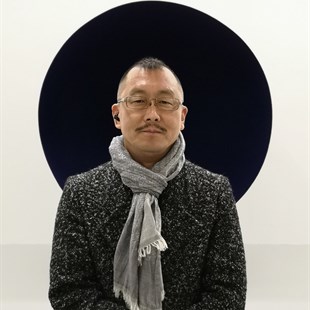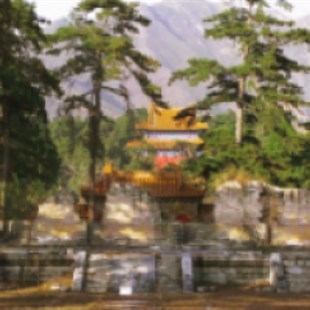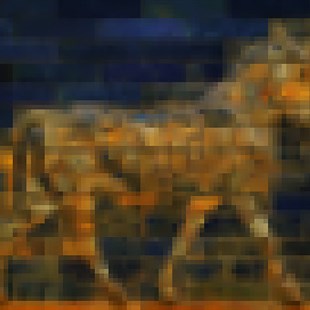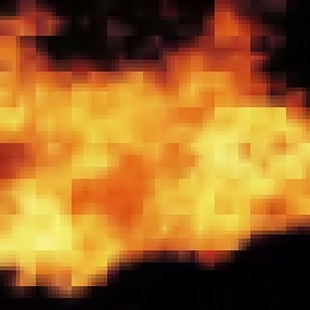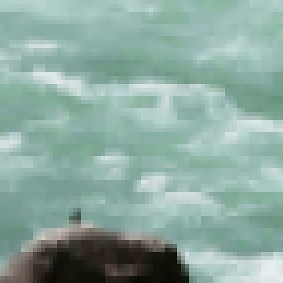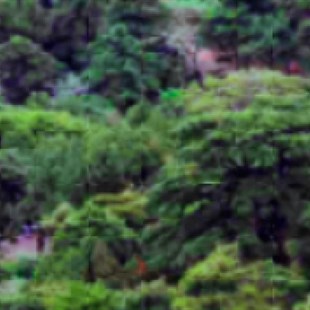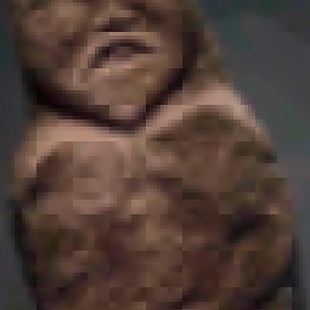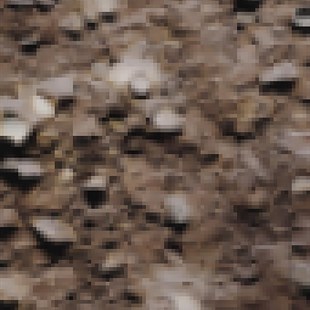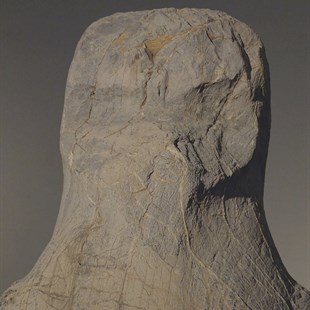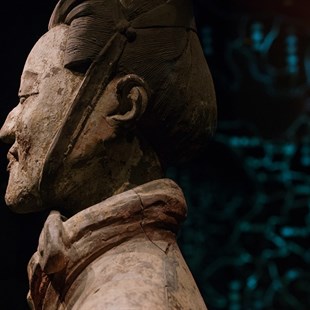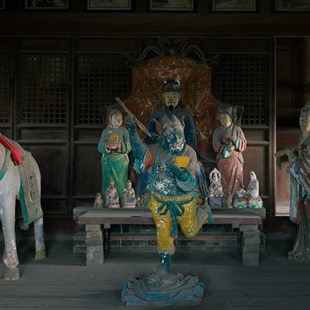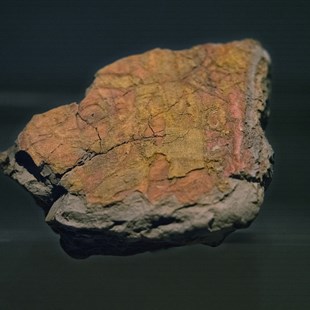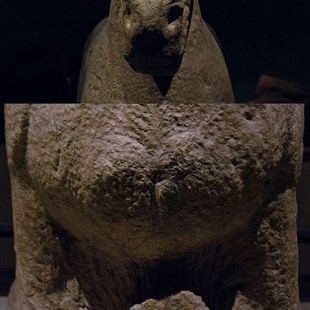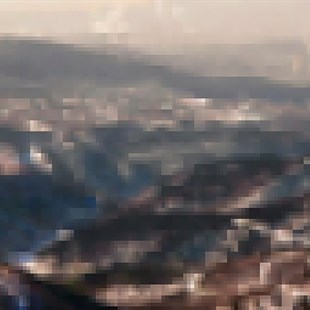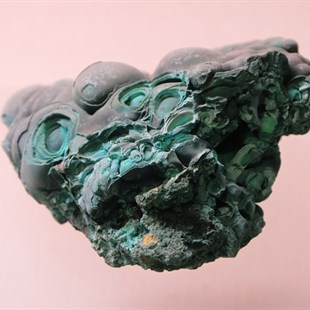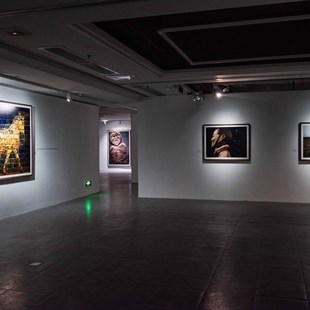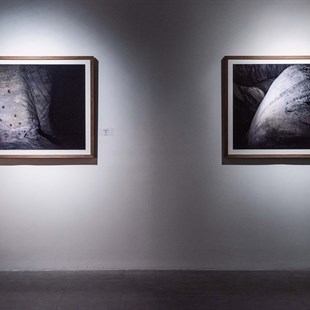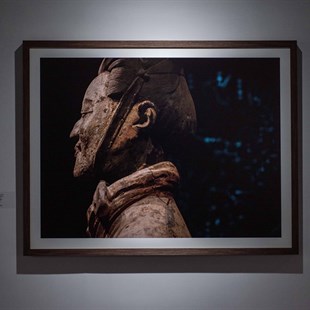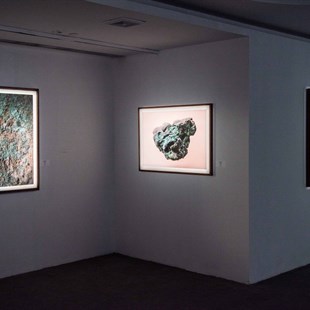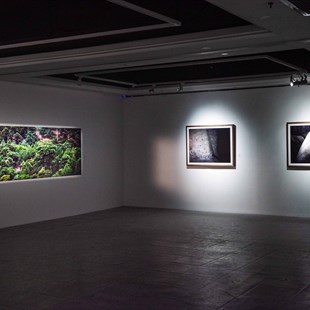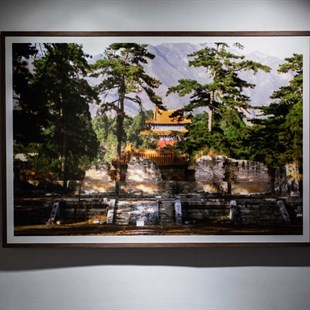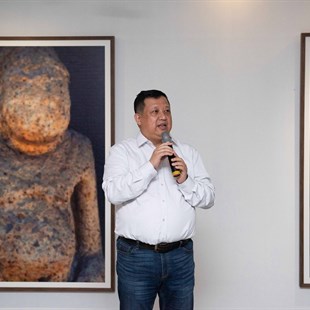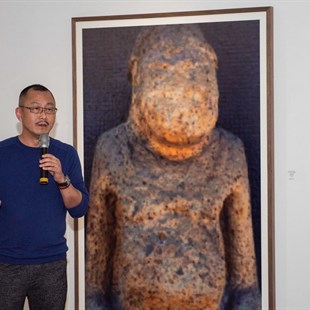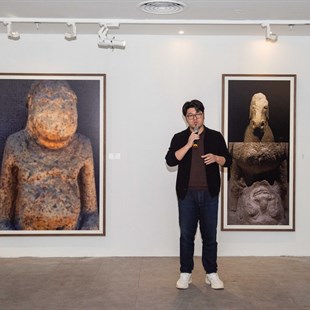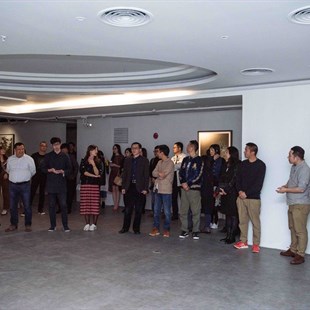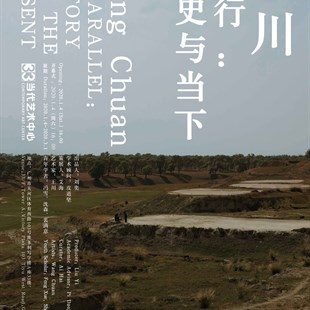
The Korean movie “Living Instinctively” tells the following story: bank robberies happened often in Sanpu City, in order to appease the people the police chief decided to conduct a bank robbery exercise. The police officer Zheng Duman, was chosen to act as a kidnapper. Everyone thinks that this exercise was a game, but Zheng Duman was the only one who devoted himself to it. As a result, the exercise, which could have been easily concluded, went slowly out of control under his insistence. Originally it was a black humor film, but it made people fall into hilarious laughter: who is real, the kidnapper or the police?
The film responds exactly to an example of a fake bank robbery cited by Jean Baudrillard in explaining “Simulation”, except that the fake robbery was established on the fact that the police did not know about it. In fact, in this situation, it will inevitably be mixed with the real ingredients. For example, the police will shoot at the target, the bank customers will be scared to death and they really will give the kidnappers a fake ransom. This will make you unconsciously fall into “reality”, this “reality” blocks any path to restore reality and everything becomes true “reality” in the simulation. Zheng Duman in the movie destroyed the action with his own power. With his almost stubborn insistence on “reality”, everyone cooperated with him to complete the performance. Whether it’s “Living Instinctively” or Baudrillard’s example, the “truth” disappears from the simulation. Just like Disneyland, it is full of fictional characters and imaginary stories, but from Baudrillard’s point of view, Disneyland is truly real, and it’s so-called “super-real”. The fictional world of Disneyland establishes a kind of inner reality, which disintegrates the reality of the traditional realistic world.
I. Distortion: History and the Present
Wang Chuan’s interest in history always runs through his creations and he knows this very well. But where does this interest come from? I think in addition to his personal taste, to a large extent, it is also a certain necessity brought about by the nature of photography. As he said in his narrative, “repeating the appearance to perceive the essence, to interpret eternity through freezing instants.” Concentrations on history, tradition and social changes seem to penetrate the image, forming an open interpretation space behind it and this sense of uncertainty between history and reality is exactly what fascinates people: the realistic and the illusory are mixed together while perseverance and loss often fall into one thought.
However, in Wang Chuan’s latest photography creation from 2015 to the present, we have seen changes. These new works are presented in his latest solo exhibition “In Parallel: History and the Present”. This is a gallery located in the bustling urban commercial building, 33 Contemporary Art Center in Guangzhou. In addition to the “Eight Great Sights in Beijing” in 2009, more works are selected from his creations since 2015. We can see that the two languages that had coexisted were clear and blurry, the pixelated image were separated and presented. One thread was completely reduced to chaos, and another thread was as accurate as the eyeball.
In recent years, he felt like he was “summoned”, his interest in history became more and more infiltrated into daily life and at this time his scrutiny at the technical and theoretical levels seemed to unload some burdens and he could see some seemingly casual images, just like we snap photos with our phones. Separating the two visual languages he used in the past and present to create is still in line with his thinking. In historical times and the current situation, the truth or distortion is unclear and it is always mixed and in parallel.
The close-up images caused by large apertures and the shallow depth of field in works such as “Southern Dynasty”, “Silk”, “Smelting Copper” and “Huns” surpass the reality of human sight, and the blur caused by the low pixelation in the “PXL” series has made our viewing difficult, these are all Wang Chuan’s “false” reality in his photographs. As a medium, photography carries the “message” of objective objects. We cannot forget Wang Chuan’s techniques in photography, the remaining contents on the screen are only fragments, historical relics, natural objects and landscapes. The gap between photography and text is obvious. Photography can only express “this tree”, “this fragment”, “this landscape” or “this sculpture”, while the words “tree”, “fragment”, “l(fā)andscape” and “sculpture” have a broad general meaning. If we do not look at his work, these words are meaningless and have no particular significance but photography gives it a special value and meaning. When we gaze at these photographic works, these images suddenly have meaning. No matter if they are clear or blurred, they form a moving image in our minds. What do these images tell us? It’s as difficult to express as the mystery of life.
II. Out of Focus: Behind the Change of Media
In his creation, Wang Chuan focused on “the media characteristics and language model of photography under the advancement of technology”. It is self-evident that he is interested in technology and media research. In 2000, staying in school to teach in the photography studio was his first job at the Central Academy of Fine Arts. Three years later, he became the Director of the Photography Teaching and Research Office. In the past two decades, his thinking and exploration in photography media, art creation and photography education have never stopped and some personal academic and practical propositions have gradually formed. He believes that the essence of photography is choice and the unique visual characteristics of photography are closely related to its most basic working principle and grand technical system, so technology is always our means to honor our choices. Therefore, photography emphasizes more on the grasp of the relationship between people, technology and materials.
Since 2008, Wang Chuan has begun to study Pixel, the basic unit of digital images. In the Internet era, such mosaic-blurred images seem to be everywhere, and it is accompanied by a poor image quality experience or “inappropriate viewing” tips. In the contemporary era of constantly pursuing high-definition pictures, Wang Chuan’s “Mosaic” experiment has other purposes. In addition to his constant reflection on technology changes, the new visual and viewing order formed by the coexistence of clarity and blur, precision and chaos are also of interest to him. Therefore, he has accumulated a large number of pixel image works, such as “Pixel Beijing” and “Animal Portrait” in 2008, “Eight Great Sights in Beijing” in 2009 and “Re-Focus: Dragon” in 2011 and so on.
Regarding the relationship between media and art, Régis Debray has a classic description. He believes that the deprivation of one medium over another has only achieved the artistic value of the old medium. In the middle of the 19th century, after the deprivation of copying function of printmaking from painting, it became an art category. When the creation of the video flooded in the 1970s, photography was considered art, and when it entered art galleries and museums, photography masters were also included in the ranks of artists. When its media attributes diminished, it was also when photography was sent to the Hall of Honor to retire. [1] It has been 180 years of history since the birth of photography in 1839. Today, we have achieved or surpassed the beautiful picture predicted by Paul Valery: like water, gas, and electricity can reach from a distance to our residence, they have met our needs without any effort. One day we will also be provided with audio and video in this way. With only one signal and a small gesture, audio and video can come and go [2].
Right now, the perception of the easy acquisition of images has permeated everyone’s consciousness. When high-definition, wide-angle, close-up, panorama, and night scenes can be realized on mobile phones, photography on the one hand now prevails the images as mass media, and on the other hand it gets new salvation in the hands of artists. The Lumiere Brothers’ L'arrivée d'un train à La Ciotat caused the French audience to panic in1895. Today, holographic images can give contemporary people wonder and excitement. Today, with the continuous change of the photographic medium, Wang Chuan’s photographs have gone the other way, moving towards vagueness and large format.
III. Tell Nothingness with Existence: Disappeared Images
The first time I saw a thumbnail of Wang Chuan’s new work on my computer, I could clearly capture a specific landscape in my mind and when you zoomed in on any of the works in the “PXL” series, you got blurred details from these images, which do not carry any message, like zooming into the paintings by the Impressionist painters. A pure color point cannot provide effective brushwork logic. The moment of embarrassment and anxiety also appeared in the exhibition hall. When you watched the works at a normal distance, the scenery almost disappeared and when you step back or look away, they look clear and complete.
In Wang Chuan’s blurred large-format photography, the audience’s meditation was interrupted. They could not get peaceful reflections in front of the images, but constantly wanted to work hard to see some concrete objects from the blur, so as to find a meaning, but Wang Chuan does not provide any meaning, instead it is a psychological anxiety, which belongs to an anxiety that a contemporary “image man” or “printer” find difficult to appreciate. Even with clear images like “Smelting Copper”, viewers will still feel anxiety. This anxiety comes from the “super-realism” of objective images. When our eyes followed the details of the images, it seemed to satisfy our viewing, we were immersed in it and constantly satisfied with the physiological instinct of the eyes, capturing more details and when we retracted and looked at these historical relics. Except for the chaotic unspeakable consciousness, they seem to express nothing.
Wang Chuan’s photography always flashes back in front of the viewers in fragments. He did not pay attention to narrative and did not have what Roland Barthes called “punctum” [3]. Although there are two talking farmers in “Zhao Di—The Senior”, they are also swallowed up by the huge natural landscape and when vague people cannot bear the narrative responsibility of the vast land. Whether in the “PXL” series, the eyes are nowhere, or in the “Silk”, “Smelting Copper” and other works of wandering in the details, the image itself has been dissipated, although Wang Chuan has never changed his obsession with history, but the history or information in these works seem to be blurred or even disappear with the use of photography.
According to Marshall McLuhan, the power of photographs to express natural landscapes far exceeds that of painting and language, and thus it has a counter-effect. Because photos give objects self-imaging and “syntax-free” means, thus they also promote the depiction of the mental world. Therefore, if you cannot grasp the relationship between photos and other old and new media, it is impossible to understand photography as media. As the “extension” of people, the medium constitutes a biochemical, interactive world [4]. In Wang Chuan’s photographs, the extension of a person is blocked. Historical relics or ancient relics in the photos are still in the image, silent, without any narrative and expression. Their message to the audience is ambiguous. At this time, only by reflecting on the historical and modern situation of photography, can we know where this anxiety comes from. Wang Chuan put forward a question, showed anxiety, but did not provide an answer.
For Wang Chuan, photography is a tool. He searches for history and civilization in nature, in museums and existing landscapes, his focuses on the breath, the trace, and the image of the lens are carriers, and the eyes behind the lens are more determined by the thoughts. This decision is intended to convey his views on modern photography. What’s more important, it conveys his reflections on the diversified reality of an individual.
Once art departs from the standard of reproduction, it sets rules for itself: to show things that are impossible to see, to show things that are hidden under visible things. As Jacques Rancière puts it: showing things that are invisible is precisely what supports them. [5]
Text by Zhu Li, translated and edited by Sue/CAFA ART INFO
Photo by Zheng Siqi
(The picture of the work is provided by the organizer)
References:
[1] [French] Régis Debray; Translated by Huang Xunyu and Huang Jianhua; Vie et mort de l'image: Une histoire du regard en Occident, East China Normal University Press, August 2014, p. 264;
[2] [Germany] Walter Benjamin; Translated by Xu Qiling and Lin Zhiming; Selected Writings Towards the Era of Aura, Guangxi Normal University Press, 2008.7, p.61;
[3] [French] Roland Gérard Barthes; Translated by Zhao Kefei; La chambre claire. Note sur la photographie, Renmin University of China Press, 2011;
[4] [Canadian] Marshall McLuhan; Translated by He Daokuan; Understanding the Media: The Extensions of Man, Yilin Press, 2019.3, pp. 248-249
[5] [French] Jacques Ranciere; Translated by Lan Jiang; Figures of History, East China Normal University Press, 2018, pp. 76-77;


